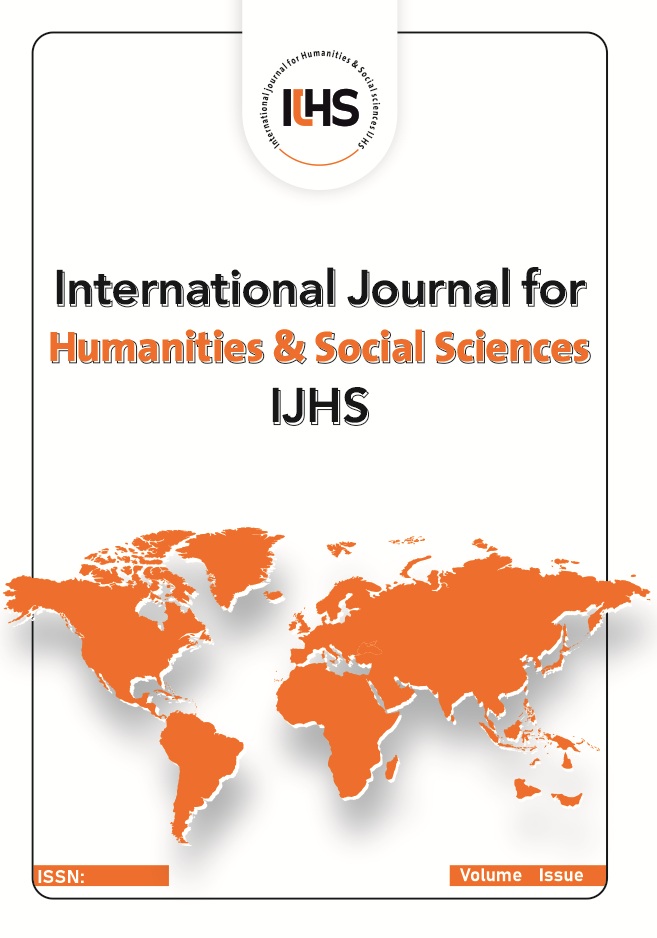The Effect of ESA Model on Secondary School Students' Flow State
محتوى المقالة الرئيسي
الملخص
English language has become an international language and a means of communication among people all over the world. EFL learners, particularly those who are in the earliest stages of language learning, find and face difficulties to understand spoken language and comprehending written texts. Iraqi EFL students are less proficient and less advanced in their English language acquisition for a variety of reasons, the primary one being the way English is taught. It appears that secondary schools’ teachers use typical English teaching approaches, also learning is less successful when students are not emotionally invested in what is happening. Students suffer from anxiety and boredom, the flow is important to enhances focus, motivation and retention by making learning enjoyable. ESA is a model of how to build students interest in a topic considered problematic by a teacher in learning. Students move from passive to active participation in learning activities. One of the key goals and advantages of ESA is the idea of involving the students. So, this study aims to show the effect of ESA model on second intermediate school students’ flow state. The data collected by selecting two groups randomly as experimental and control group and apply the ESA model on the experimental group in teaching English. The two groups exposed for flow state scale to know the effect of ESA model on their flow level. The data analyses by using SPSS v26 program. The results indicates that flow state levels of the experimental group, who are taught by using ESA, is better than the control group, who are taught using the traditional method.
تفاصيل المقالة

هذا العمل مرخص بموجب Creative Commons Attribution 4.0 International License.
International Journal for Humanities and Social Sciences (IJHS) is licensed under the http://creativecommons.org/licenses/by/4.0, which allows users to copy, create extracts, abstracts, and new works from the article, alter and revise the article, and make commercial use of the article (including reuse and/or resale of the article by commercial entities), provided the user gives appropriate credit (with a link to the formal publication through the relevant DOI), provides a link to the license, indicates if changes were made, and the licensor is not represented as endorsing the use made of the work. The authors hold the copyright for their published work on the IJHS website, while IJHS is responsible for appreciate citation of their work, which is released under http://creativecommons.org/licenses/by/4.0, enabling the unrestricted use, distribution, and reproduction of an article in any medium, provided that the original work is properly cited.

